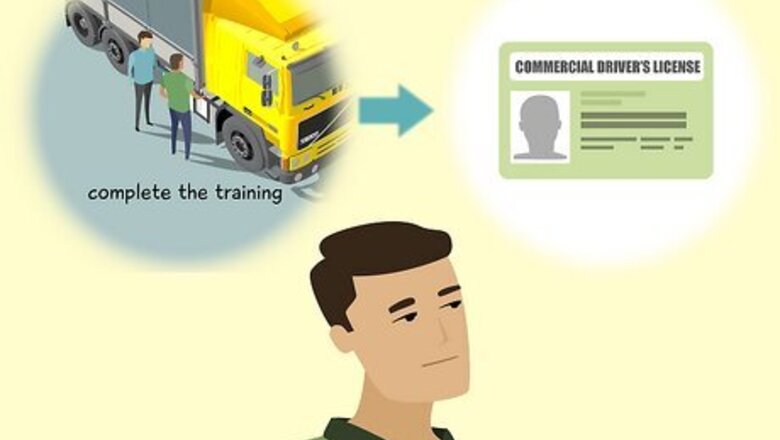
views
Is it possible to get a CDL without going to a trucking school?
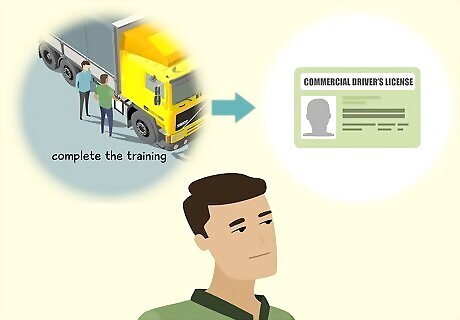
No, it’s not possible to get a CDL unless you’ve received certified training. As of 2022, the US government requires all new truck drivers to finish Entry-Level Driver Training (ELDT) before testing for and receiving their CDL. This training needs to be completed with a certified training organization—in other words, you need to attend a special CDL school. While you can learn as much about the trucking field as you can independently, you’ll ultimately have to go through the official channels to get your permit and license.
How to Get a CDL
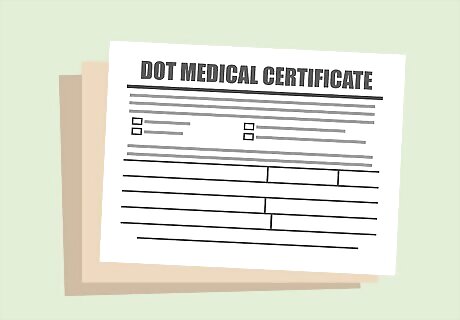
Receive your CLP by passing the required tests and submitting the proper paperwork. Like a regular learner’s permit, you’ll need to pass a factual test to get your Commercial Learner’s Permit (CLP) at your local DMV. Unlike a regular learner’s permit, however, you’ll need to receive a physical from the DOT (Department of Transportation), get a DOT medical card, and get your driving history thoroughly inspected. Some states may require extra paperwork before they issue you your CLP. You don’t need to attend a special school to get your CLP.
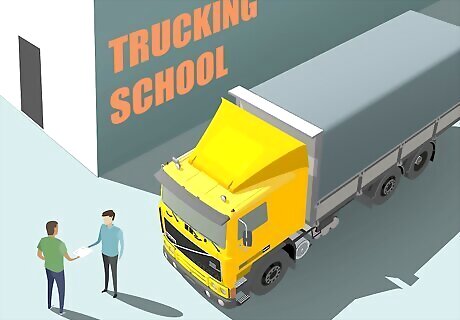
Attend trucking school and complete the required amount of training. The specific requirements for CDL training ultimately depend on where you live—consult your state’s CDL manual to confirm how many hours of training you’ll need before you can take your CDL test (many states require 160 hours). Enroll with a certified training provider to get the process started. You can get your CLP before entering trucking school. Not sure what the status of your certification is? Check your progress on the DOT's website.
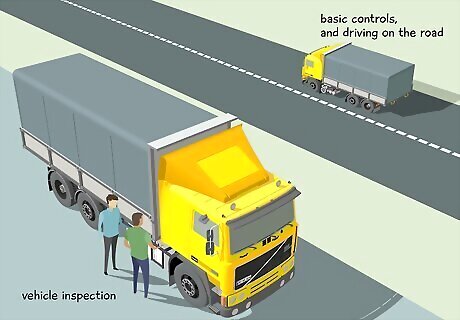
Pass the skills test to receive your CDL. The CDL skills test has 3 components: vehicle inspection, basic controls, and driving on the road. If you pass this exam, you might be able to get a copy of your CDL on the same day—ultimately, it depends on where you live. In some places, your license might be mailed to you after the fact. Confirm with your trainers to see what documentation you’ll need to bring with you to your skills test. Important note: You need to have your CLP for at least 2 weeks before you can take the skills test.
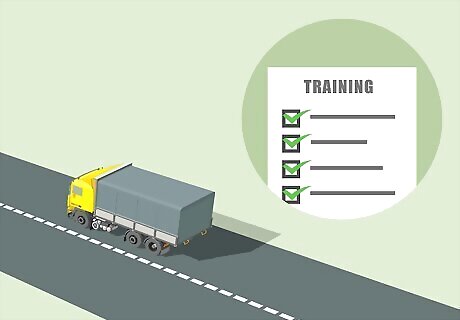
Complete training with a company before hauling loads independently. Even after receiving your CDL, you’ll need to travel with a trainer before getting clearance to travel on your own. Look for companies that specialize in training entry-level drivers and getting them prepared for the road. Some companies train and hire new drivers while they’re working to get their CDL. This type of employment can help cut out the middle-person in your professional trucking career.
Important Factors to Consider
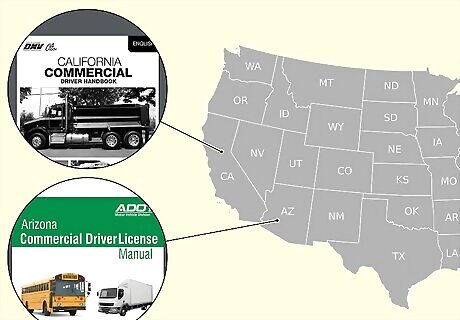
The CDL training and certification process is state-specific. Unfortunately, there isn’t a universal set of rules and regulations out there for all American truck drivers—it ultimately depends on where you live. Studying your state’s CDL manual is the best way to familiarize yourself with your state’s trucking policies.
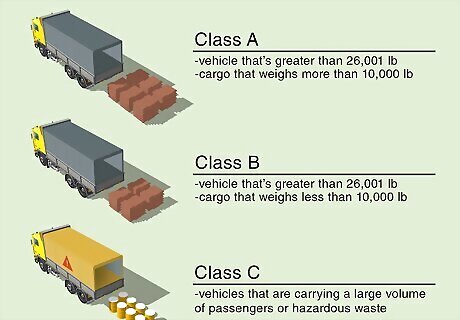
There are 3 types of CDLs to choose from. Before you apply for your CLP and CDL, determine whether you’ll want a Class A, B, or C license. It helps if you have an idea of the trucking career you’d ideally like to pursue before you make this decision. Class A: Necessary for drivers handling a vehicle that’s greater than 26,001 lb (11,784 kg) and is carrying cargo that weighs more than 10,000 lb (4,536 kg). Class B: Necessary for drivers handling a vehicle that’s greater than 26,001 lb (11,784 kg) and is carrying cargo that weighs less than 10,000 lb (4,536 kg). Class C: Necessary for drivers handling vehicles that are carrying a large volume of passengers or hazardous waste.
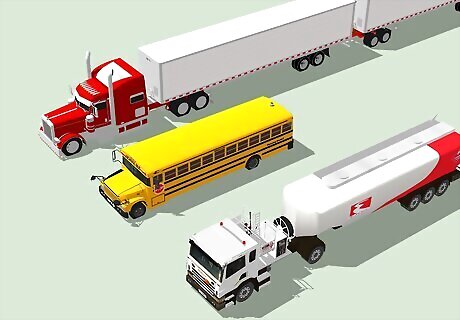
Specific endorsements are required for certain trucking careers. Endorsements are extra tests that a truck driver must pass to operate vehicles in a specific field (like driving a school bus). Any given trucker can get up to 3 endorsements on their CDL. These endorsements are abbreviated by certain letters, like: T: Double/Triple Trailers (multiple trailers hitched to one another) P: Passenger (a large, non-school bus vehicle carrying lots of passengers) N: Tank vehicle (a tank-style truck carrying materials like oil) H: Hazardous materials S: School bus X: A tank vehicle that carries hazardous waste (a combo of H and N)
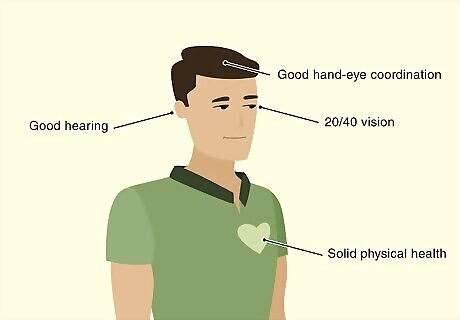
You need to be in good physical health to be a truck driver. Since you’ll be handling extremely heavy and dangerous machinery, you need to be in sound health to get a CDL and operate any type of large commercial vehicle. Truckers specifically need to have: Good hand-eye coordination 20/40 vision Solid physical health (without any long-term conditions like high blood pressure or seizures) Good hearing

Random drug tests and physical exams are common in the trucking field. The US government requires all CDL drivers to get checked out by a doctor and ensure that they’re in great shape. Some trucking companies may also require random or periodic drug tests to make sure that their drivers are staying of sound mind and body while on the road.


















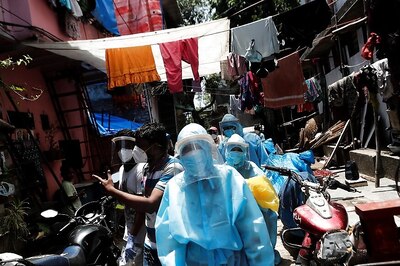

Comments
0 comment